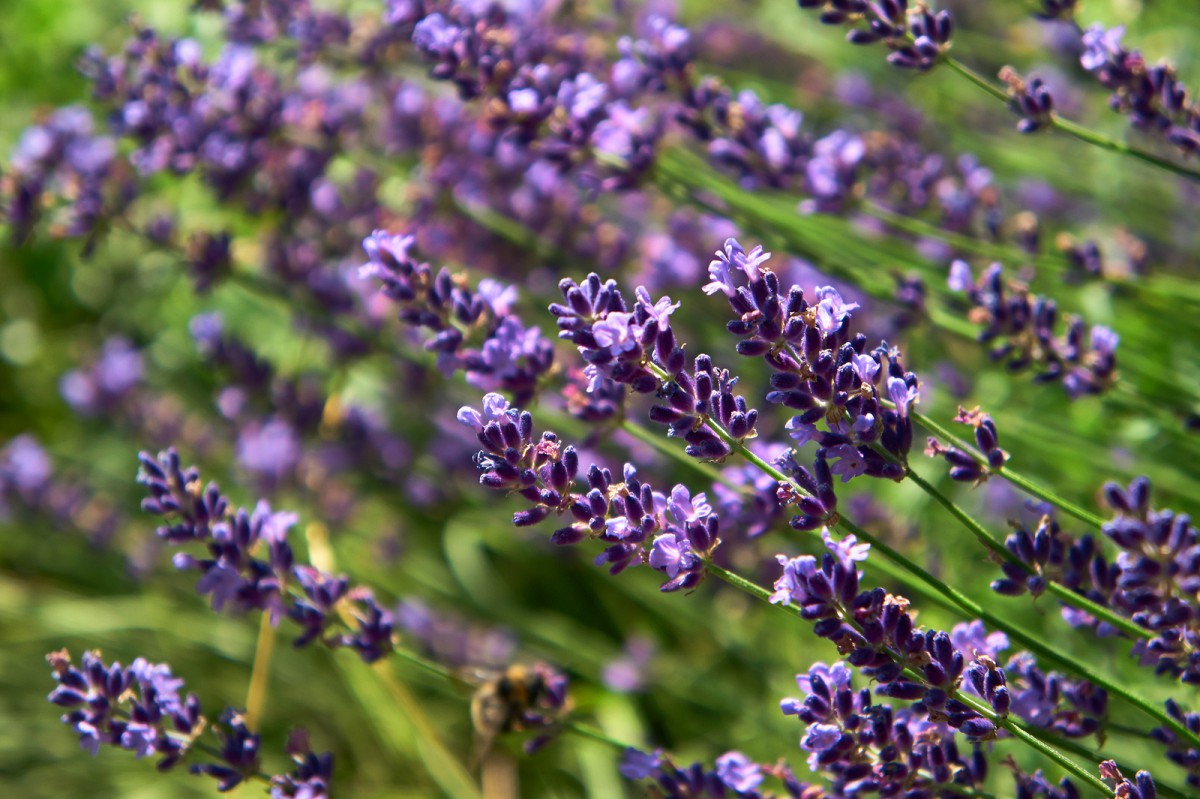
What You Can Do to Stop Decline of the Bees
Did you know that one third of the food crops in the world are pollinated by bees? Up to 90% of all of the wild plants in the ecosystem are dependent on bees for propagation. Yet in recent years, the bee population has been in dramatic decline, which can have disastrous consequences for the agricultural industry AND ultimately our food supply.
How can one tiny insect be so important to so many crops?

Well, the bee is perfectly set up for the job of pollination. Bees have Velcro-like hairs on their legs and stomachs. When the bee lands on a flower, pollen attaches to these hairs and when the bee lands on another flower, some of the pollen rubs off onto it, allowing the receiving flower to swell. Flowers that have been pollinated produce fruit, vegetables or nuts. Of the 100 crop species that make up 90 percent of the world’s food, almost three quarters need pollination via bees to be viable.
Since 2006, beekeepers around the world have been dealing with a huge decline in the bee population – in some cases up to 90% of a hive has died off. This is called Colony Collapse Disorder. On average, the decline has been around 40%. If 40% of the people in a town suddenly died, it would make headlines, yet the bee decline has been largely unnoticed by those outside the agriculture and apiculture industries. In 2014, a study that had been running for 4 years looking at the declining bee population in the US presented its findings. They concluded that a major factor in the decline of the bee population is the overuse of systemic pesticides called neonics. These pesticides do not remain on the leaves of the plant but are absorbed and distributed throughout the plant including into the pollen. Neonics are deadly to bees in high doses, but even at the lower concentration used on most farms, evidence suggests that over time, neonics negatively affect the social behaviour of bees and can even alter their pollen preferences from fruits and vegetables to garden flowers which means fewer food plants being pollinated.
What can you do to help? More than you might think.
While governments around the world work on regulating the use of neonics, there are a lot of things you can do to provide a bee friendly environment and help the bee population.
• Plant bee friendly plants in your garden, or allow some dandelions and clover to flourish in a part of your lawn as bees love these 2 plants that most of us consider weeds.
• Don’t use pesticides or chemicals on your lawn or garden.
• Leave a small dish of water out near your garden for bees to get a drink from – bees get thirsty too!
• Buy local honey and support local beekeepers.
• When possible, buy organic fruits and vegetables.
• Educate others that bees are nothing to be afraid of – they would really rather not sting you!
The bee population is an important part of our ecosystem. We need to keep the focus on solving the issues that bees face for the good of our generation and those to come. Remember, We are ALL Beekeepers™.



0 comments